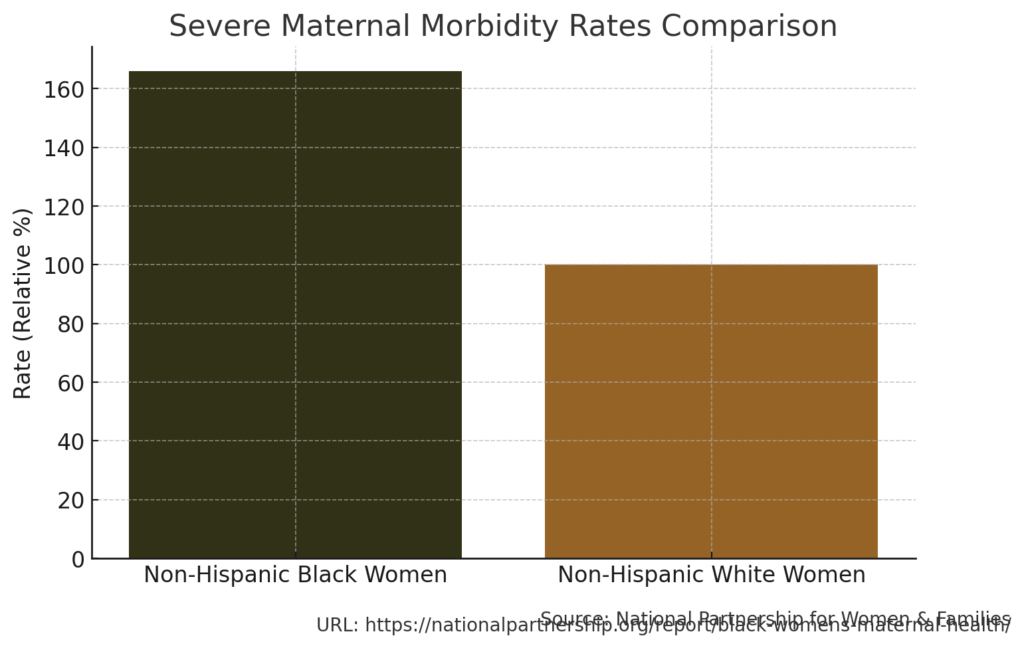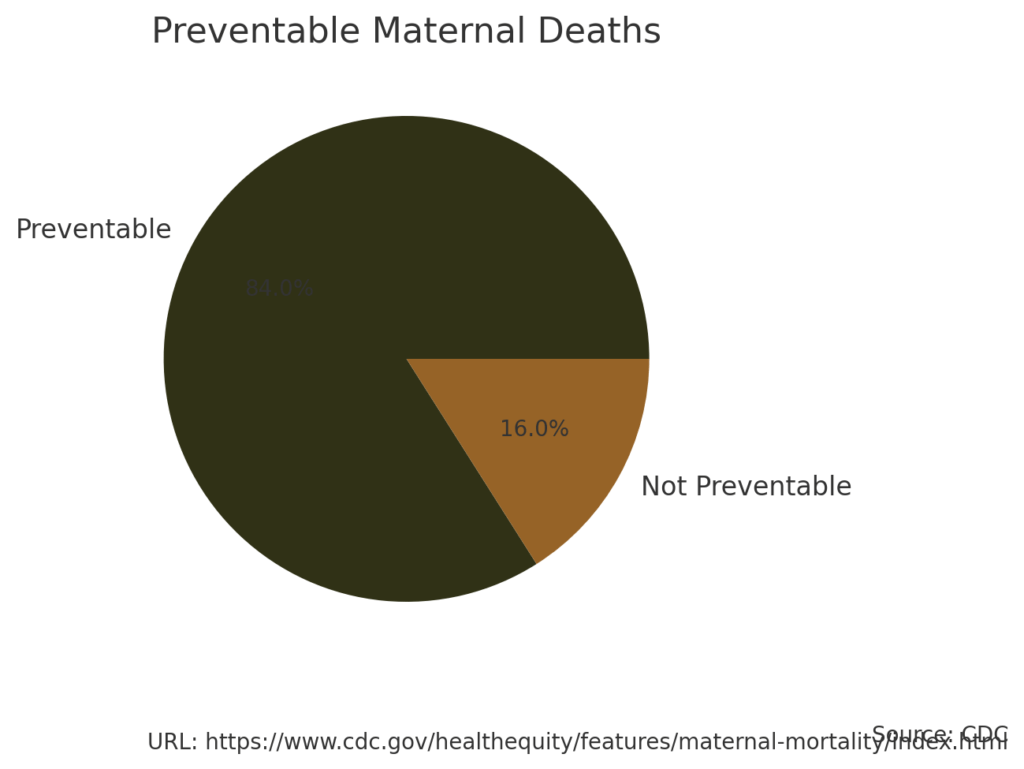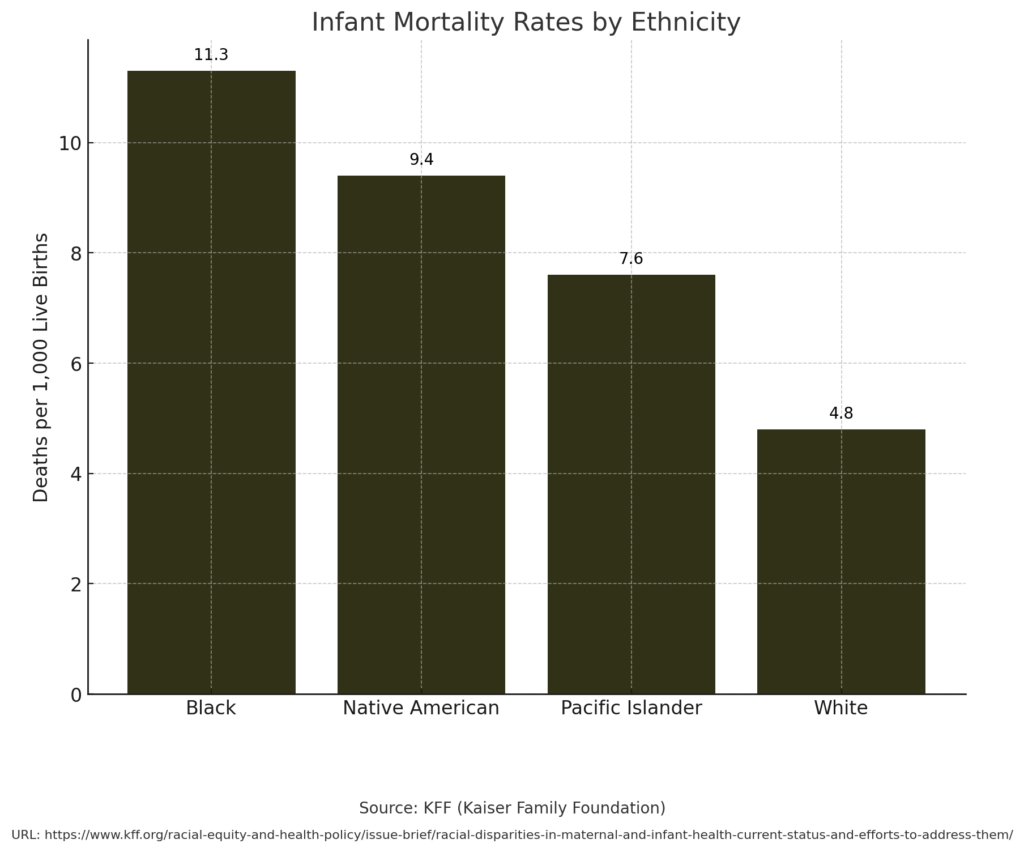
Anti-DEI Legislation Threatens Progress on Black Maternal Health Crisis
By Darius Spearman (africanelements)
Support African Elements at patreon.com/africanelements and hear recent news in a single playlist. Additionally, you can gain early access to ad-free video content.
Proposed Bill Would Cut Funding for Diversity Programs
A new federal bill is raising alarms among health equity advocates. The “Educate Act,” sponsored by North Carolina Congressman Greg Murphy (R), would prohibit medical schools from receiving federal funding if they have DEI offices (WRAL). Moreover, this legislation is part of a broader conservative push. The goal is to ban DEI programs at public universities across multiple states (BestColleges).
DEI Efforts Are Critical for Addressing Racial Health Disparities
However, medical professionals argue that DEI is essential for combating the Black maternal health crisis. Black women in the U.S. face unacceptably high rates of maternal morbidity and mortality. This is due to structural racism (The Century Foundation). In response, many medical schools have implemented DEI programs. These programs train diverse physicians, incorporate anti-racism into curricula, and advocate for marginalized patients (Prism).
For instance, the UNC School of Medicine has robust DEI initiatives. The school is ranked 6th in NIH funding among public universities (UNC Health Care). However, these initiatives could be jeopardized by anti-DEI policies (WUNC). As one UNC medical student explained:
“Banning DEI would be disastrous for the diverse communities we serve. These programs are critical for building trust, providing culturally competent care, and ultimately saving lives.” (NC Policy Watch)

Black Maternal Health Crisis by the Numbers
The statistics paint a dire picture of the Black maternal health crisis in the U.S. In 2021, the maternal mortality rate for non-Hispanic Black women was 69.9 deaths per 100,000 live births. This is 2.6 times higher than the rate for non-Hispanic White women (CDC). Moreover, Black women are three to four times more likely to die from pregnancy-related causes (CDC, Black Maternal Health Caucus).
Severe maternal morbidity is also a major concern. For every maternal death, 100 women suffer a severe obstetric morbidity or undergo a lifesaving procedure (NCBI). Furthermore, non-Hispanic Black women have the highest rates for 22 of 25 severe morbidity indicators used by the CDC (NCBI).
Preventable Deaths and Disparities

Tragically, more than 80% of pregnancy-related deaths in the U.S. are considered preventable (CDC). Additionally, counties with high Black physician representation had lower mortality disparities between Black and White residents (CHEST). This underscores the importance of diversifying the medical workforce.
Infants born to Black, American Indian/Alaska Native, and Native Hawaiian/Pacific Islander women also have markedly higher mortality rates (KFF). These sobering statistics highlight the urgent need to address systemic racism and inequities in healthcare.

Strategies to Combat the Crisis
Experts recommend several strategies to combat the Black maternal health crisis. Improving access to quality prenatal and postpartum care is crucial (NCBI). In addition, diversifying the medical workforce and implementing community-based interventions can help reduce disparities (NCBI, JHU Public Health). However, proposed anti-DEI legislation could jeopardize these efforts. As more states consider these bills, it is critical to push back and emphasize that inclusion is non-negotiable for advancing health equity.
Stakes Are High as More States Consider Anti-DEI Bills
While the “Educate Act” is still pending in Congress, several states have already moved to restrict DEI. The North Carolina Senate recently overrode the governor’s veto of an anti-DEI bill (WRAL). Additionally, the UNC Board of Governors committee passed a policy threatening to eliminate DEI staff positions (NBC News).
As more of these bills gain traction, experts warn they could roll back hard-fought progress on health equity. “Solving the Black maternal health crisis requires a multi-pronged approach. Diversity in medicine and medical education is a key piece of the puzzle,” said Dr. Rachel Bervell (JHU Public Health).
In summary, the medical and public health community is pushing back against anti-DEI efforts. They emphasize that inclusion is non-negotiable when it comes to advancing health equity. The stakes could not be higher as this battle plays out across the country.
About the author
Darius Spearman has been a professor of Black Studies at San Diego City College, where he has been pursuing his love of teaching since 2007. He is the author of several books, including Between The Color Lines: A History of African Americans on the California Frontier Through 1890. You can visit Darius online at africanelements.org.
